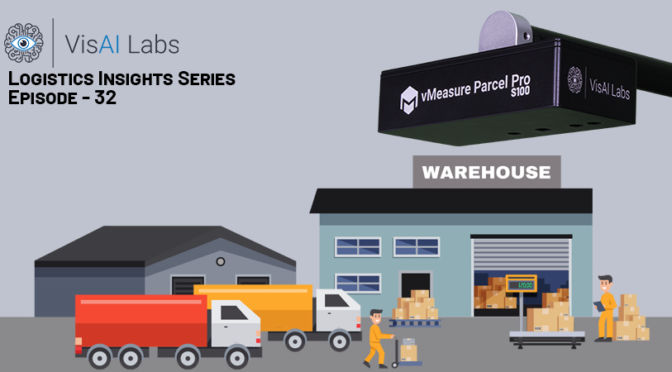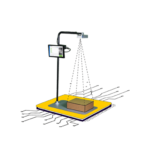The one common pitfall all the eCommerce shippers face while transporting the products is inaccurate parcel dimensions on small and mid-size parcel shipments. Nowadays, eCommerce is booming by manifolds, and consumers rarely shop in physical stores; instead, they prefer to buy products online, resulting in massive online orders. Several eCommerce companies have stepped in to take advantage of this trend by offering various offers to entice customers to shop via the brands’ official websites.
Furthermore, with the popularity of one-day and same-day delivery, customers are more inclined to shop for a limited number of items whenever possible. However, this action has turned to be a considerable burden for the order fulfillment centers as they need to calculate the dimensional information for small and mid-sized products promptly during the shipment phase, which later turned out to be a leading source of costly carrier back charges.
What do you think you’ll take away from this episode?
This episode sheds light on you by providing six compelling ways to uplift dimensional weight computations and mitigate carrier back charges effectively
Subscribe to vMeasure Newsletter
Relevant links:
Podcast Transcript:
Today various shippers strive to avoid incorrect package dimensions on small and medium-sized parcel shipments, which may rapidly expand into a pile of extra freight charges if the carrier discovers a measurement disparity.
Adding technology to your shipping operations for high-speed, extremely accurate package measurements is a unique approach to improve dimensional weight estimates.
Now let’s discuss the top six ways to boost the dimensional weight calculations to lessen the carrier back charges.








